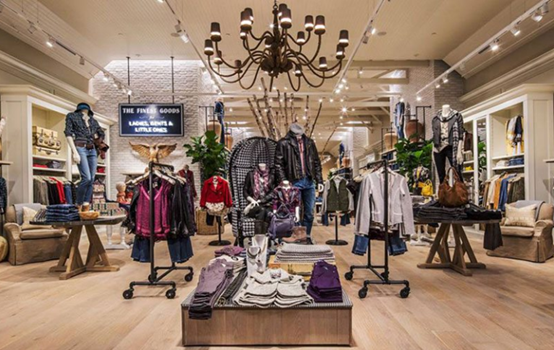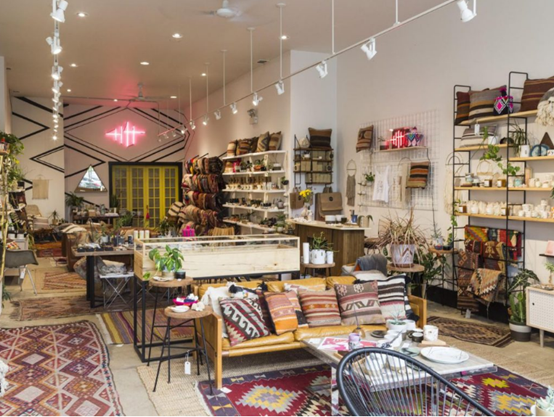CANCEL
2024-06-21 09:14:03
A good interior design of a store involves cleverly utilizing space, lighting, and materials to increase the attractiveness of the product. Lighting can affect emotions, create a certain atmosphere, and highlight important products. Similarly, the selection of materials should also reflect the brand's philosophy. In addition, sustainable materials and green design are popular among environmentally conscious consumers.
Retail spaces should also consider inclusivity. Your store should accommodate everyone, including the elderly, children, and people with physical disabilities. In addition, spacious aisles, easily accessible display screens, and rest areas make the shopping experience more comfortable and enjoyable.

In addition, interior design should resonate with your brand identity and values. Whether it is the fashion and minimalist design that reflects high-end fashion brands, or the rural and environmentally friendly design of zero waste stores, the design should conform to the brand's core values.
Retail interior design cleverly integrates multiple elements such as architecture, lighting, materials, and layout. These help create an attractive shopping environment that resonates with the brand's identity. In addition, it also involves understanding the needs and desires of the target audience and transforming them into tangible and enjoyable shopping experiences.
In an increasingly digital interactive world, carefully designed retail spaces will always withstand the test of time. This is because your carefully designed physical store provides customers with the opportunity to connect, explore, and experience the brand's personality up close.
